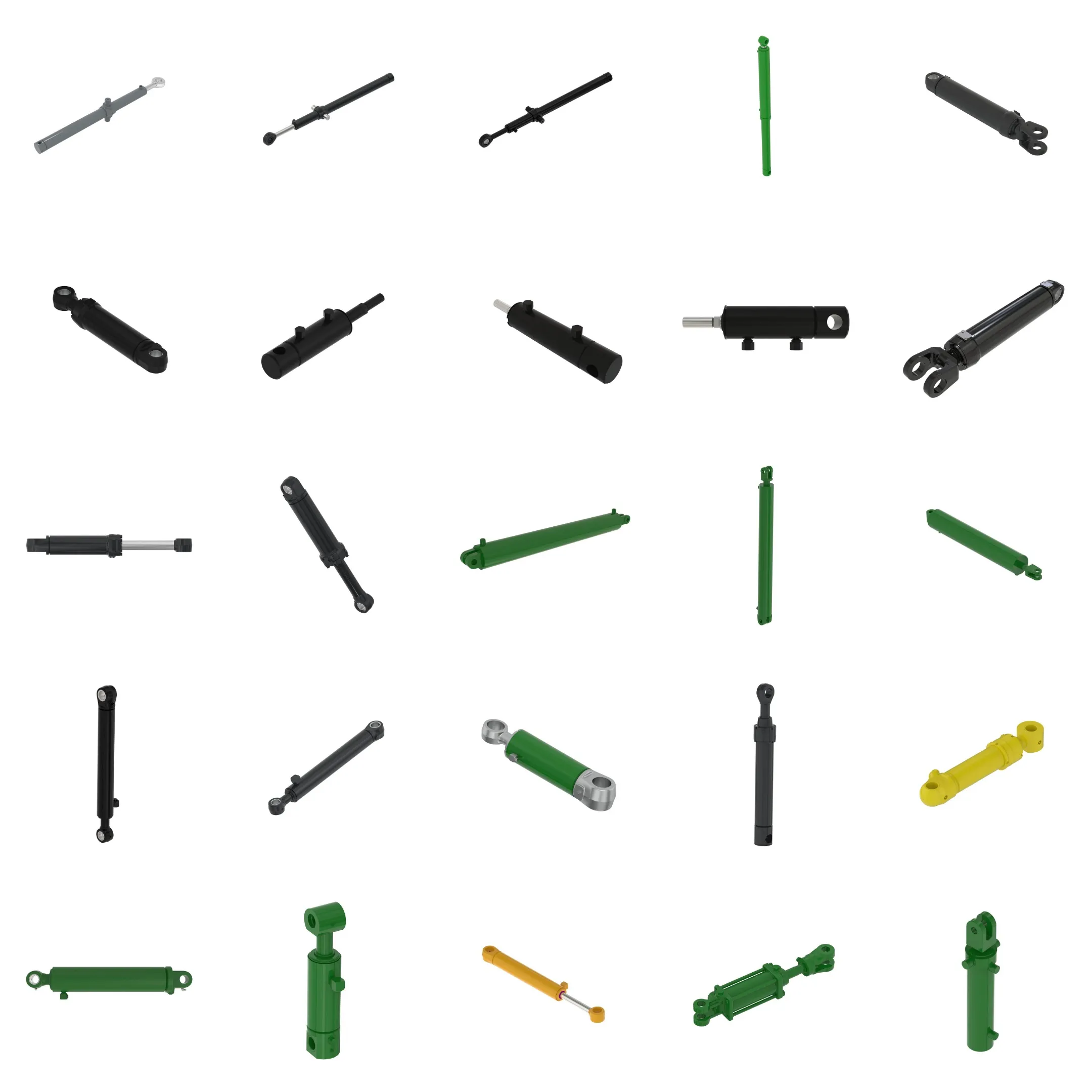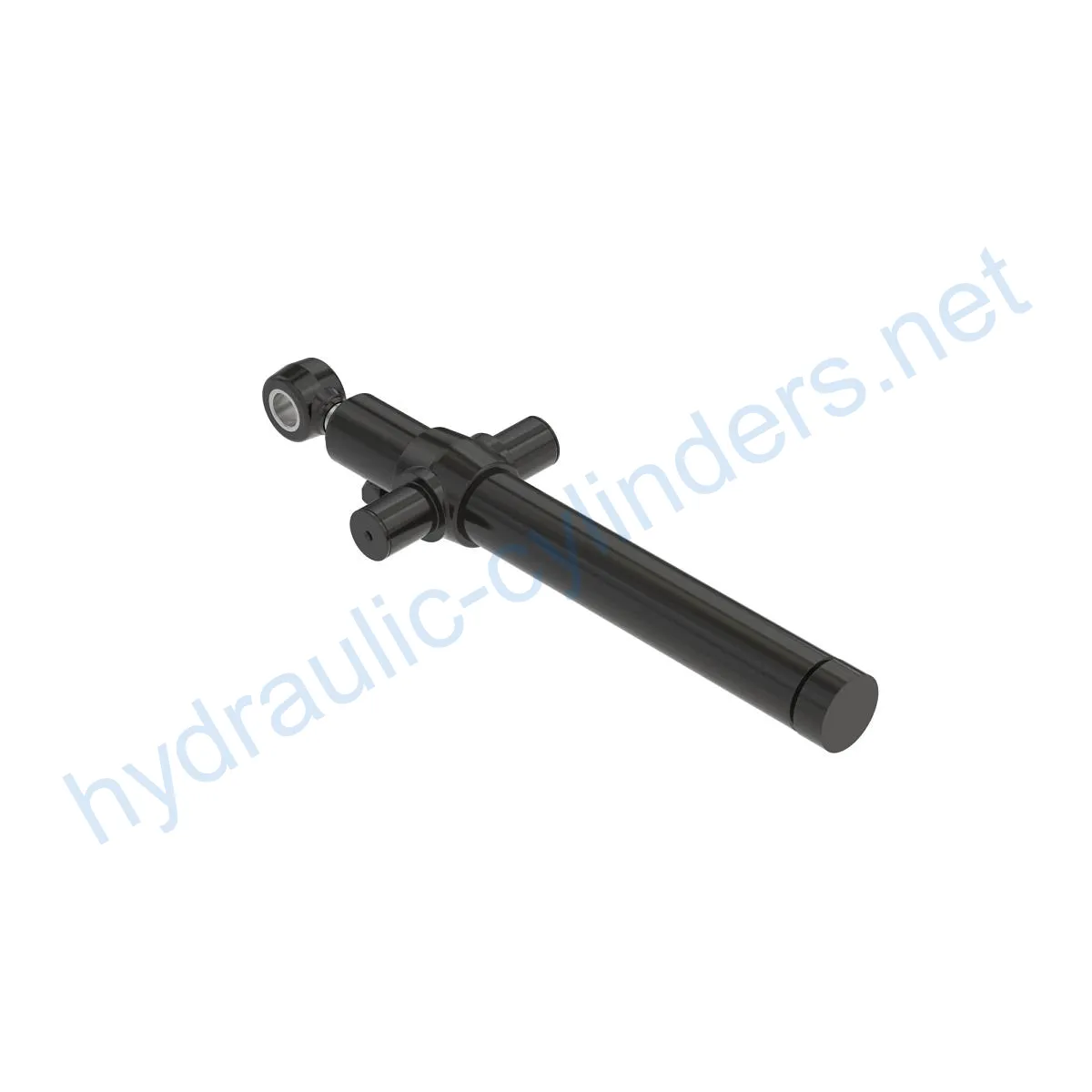Replacement Of AHC20093 Hydraulic Cylinder
Replacement Of AHC20093 Hydraulic Cylinder
Introduction:
The Replacement Of AHC20093 Hydraulic Cylinder is a vital component in various industrial applications. It serves as a crucial part of hydraulic systems, providing the necessary force and motion required for efficient operation. This hydraulic cylinder is designed to withstand heavy loads and perform reliably in demanding conditions.
Specifications and Models:
- Weight: 116.964 lb
- Height: 7.5 in
- Width: 12.2 in
- Length: 42.5 in
- Models: 310 P, 310K, 310L
Key Features:
- Enhanced Equipment Performance:
- Improved Safety:
- Overload Protection:
- Quick Installation:
- Standardized Components:
Replacing damaged or worn-out hydraulic cylinders can restore the normal operational capability of the equipment, ensuring its performance in various applications.
Regularly replacing hydraulic cylinders can reduce safety hazards caused by cylinder failures, ensuring the safety of operators and equipment.
New cylinder designs often incorporate better overload protection mechanisms, enhancing safety during operation.
Modern hydraulic cylinders are designed for easy installation and replacement, minimizing downtime.
Many hydraulic cylinders are standardized products, making it easier to obtain replacement parts in the market.
We can manufacture this product, offering perfect replacements for the hydraulic cylinders mentioned above.
Applications:
- Excavators:
- Crane Systems:
- Tractors:
In excavators, hydraulic cylinders in the boom or bucket may get damaged due to prolonged use or overloading, requiring replacement to restore normal operation.
The hydraulic cylinders in crane systems, especially in the lifting arm, are prone to wear from frequent lifting and lowering operations. Regular replacement is necessary to ensure safety.
The front loader hydraulic cylinders in tractors may experience leaks or performance decline during constant lifting and tilting operations, necessitating replacement.
These are just a few examples, but our hydraulic cylinders find applications in various industries such as harvesting machines, automated production lines, mining equipment, bulldozers, and more.
Maintenance Tasks:
- Regular Inspections:
- Proper Lubrication:
- Seal Replacement and Calibration:
Periodic inspections help identify any wear or damage, allowing for timely maintenance or replacement.
Appropriate lubrication ensures smooth operation and minimizes friction, extending the lifespan of the hydraulic cylinder.
Regularly replacing seals and calibrating the cylinder guarantees optimal performance and prevents leaks.
It is crucial to provide proper guidance for aligning the cylinder during installation, recommend the use of suitable mounting brackets for secure fixation, and suggest inspection, repair, and replacement procedures to enhance the longevity of the hydraulic cylinder.
Safety Considerations and Environmental Factors:
When using hydraulic cylinders, adhering to safety measures is of utmost importance. Proper handling and maintenance can prevent accidents and ensure a safe working environment. Additionally, considering environmental factors allows for responsible and sustainable use of hydraulic cylinders.
Fault Diagnosis and Common Issues:
1. Leakage: Check for any worn-out seals or damaged components, and replace them accordingly. Ensure proper tightening of connections to prevent leakage.
2. Insufficient Force: Inspect the hydraulic system for any restrictions or blockages that may hinder the cylinder’s performance. Clear any obstructions and ensure the system is functioning correctly.
3. Erratic Movement: Check for air in the hydraulic system, inadequate lubrication, or damaged components. Bleed the system, lubricate the cylinder, or replace any faulty parts as necessary.
By following these troubleshooting steps, readers can effectively diagnose and resolve issues related to hydraulic cylinders. Additionally, providing preventive measures can help minimize potential problems.

Design Considerations and Selection Criteria:
When it comes to design considerations, several factors need to be taken into account:
- Load-Bearing Capacity: The hydraulic cylinder should be able to withstand the expected load without failure.
- Sealing Capability: Proper seals, such as piston seals and rod seals made of durable materials like polyurethane or nitrile rubber, ensure effective sealing performance.
- Durability: The cylinder body and threaded ends should undergo meticulous treatment to improve wear resistance and prolong the cylinder’s lifespan.
- Safety: Designs should incorporate safety features to prevent accidents during operation.
- Maintainability: Easy access to components and straightforward repair procedures contribute to efficient maintenance.
Sealing and Lubrication:
A hydraulic cylinder requires various sealing elements to maintain proper functioning. Piston seals, rod seals, and other seals are carefully selected to ensure optimal performance. Additionally, the cylinder body and threaded ends undergo surface treatment to enhance wear resistance. Regular lubrication with the appropriate hydraulic oil is crucial for smooth operation and longevity.
Regular Inspections and Preventive Maintenance:
Regular inspections allow for the early detection of any issues or wear, ensuring timely maintenance or replacement. Proper installation, lubrication, and adjustment are essential for the optimal performance of hydraulic cylinders. Providing guidance on aligning the cylinder correctly during installation, suggesting the use of suitable mounting brackets for secure fixation, and recommending inspection, repair, and replacement procedures can significantly improve the lifespan of the hydraulic cylinder.
Installation Guide:
Proper installation is crucial for the optimal performance and longevity of hydraulic cylinders. Follow these steps:
- Ensure the mounting surface is clean and free of debris.
- Align the cylinder correctly with the mating parts.
- Securely fasten the cylinder using appropriate mounting brackets or fixtures.
- Check for any leaks or abnormalities after installation.

About Our Company:
We are a leading manufacturer and wholesale distributor of replacement hydraulic cylinders. Our wide range of products makes us a prominent player in the domestic and international markets. We take pride in offering high-quality hydraulic cylinders that meet various industry needs.
Our Company Highlights:
- Professionalism and Expertise:
- International Certifications:
We possess extensive knowledge and expertise in the field of hydraulic cylinders, ensuring the production of top-notch products.
Our company holds internationally recognized certifications,
参观我们的 VR 工厂
通过以下方式参观我们的 VR 工厂
液压缸应用:


